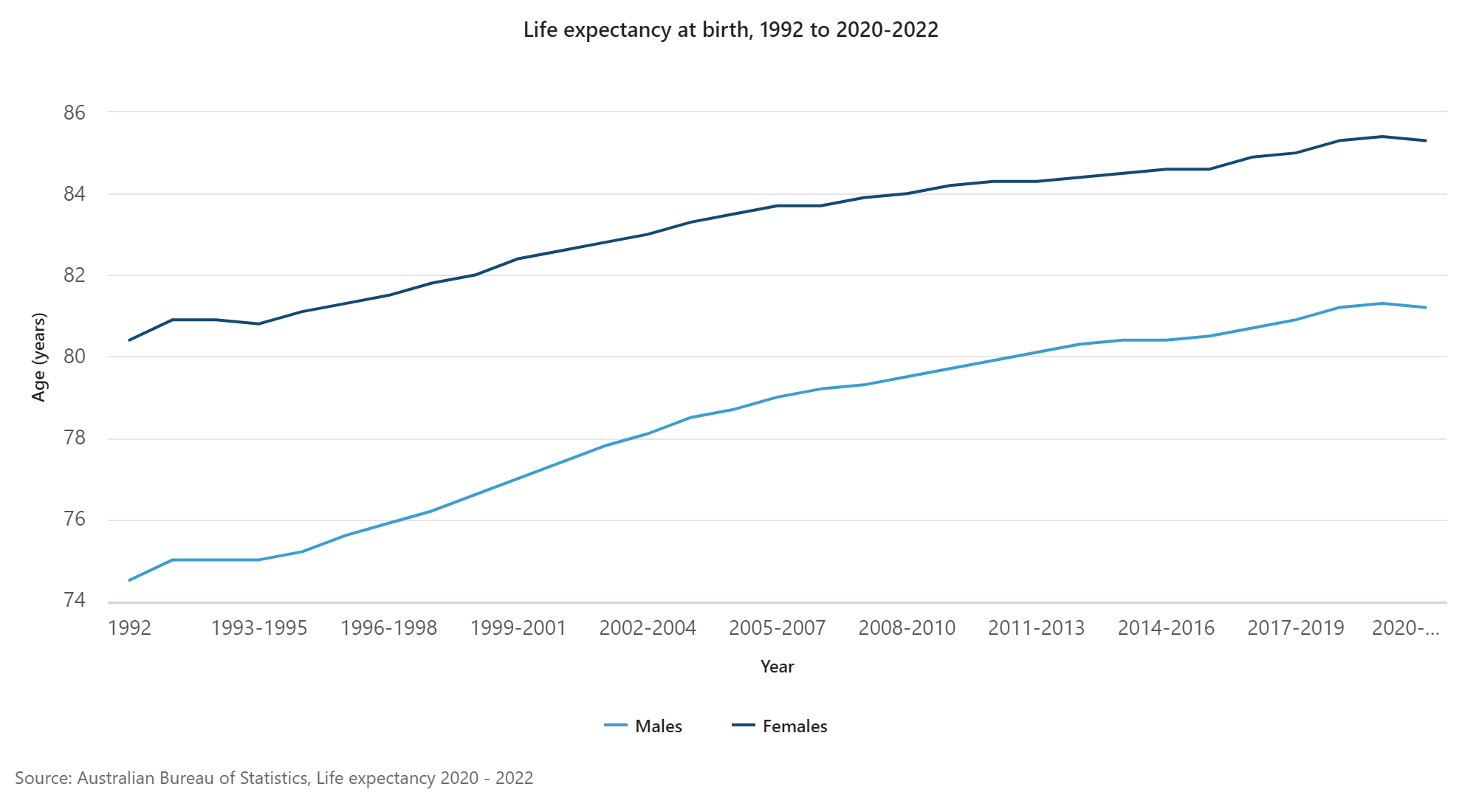The news in Melbourne at the moment is dominated by the shocking murder of Doncaster teenager Masa Vukotic. This tragic event has overshadowed the release of detailed data on crime in the state. The new, independent Crime Statistics Agency has moved the data on recorded crime out of the hands of Victoria Police for the first time, and their first release of data on March 19 shows 4 years of trends for various crimes across the state, and in local areas.
It’s all too easy to get caught up in the emotion of terrible crimes like the recent, seemingly random murder of a teenager going about her daily life, but let’s have a look at what the statistics actually say.
All the crime statistics data for Victoria can be found at the Crime Statistics Agency website, here.
The total number of offences recorded in Victoria in 2014 was 456,381, or 7,809 per 100,000 population. This was an increase in the number of crimes by 4.3% over the previous year, and an increase in the rate by just 2.5% (once an increasing population is taken into account). The rate has increased by 12.7% over the last 4 years, however 2010 was actually a low point. The rate per 100,000 population is only marginally (1%) higher than it was in 2005.
Not all crimes are equal though. They are divided into the (generally more serious) “Crimes against the person”, and “Property and deception offences” which have victims recorded, and other offences such as drugs, public order and security and justice procedural offences, which generally don’t have a victim of the immediate offence.
The Crime Statistics Agency recorded statistically significant annual increases in sexual assault, stalking, harrassment and dangerous and negligent acts, while there was a decline in Robbery. The increase in sexual assault is a concern, which has risen approximately 40% in the last 4 years. However, it’s worth remembering that any change in recorded crime can be due to a real change in the rate of crime OR a change in the reporting of particular crimes. With a lot of publicity around sexual assault, some of this may be an increase in the reporting rate rather than an increase in the number of offences. Women may be more likely to report a crime now than they were in the past.
The overall victimisation rate for crimes with recorded victims was 4,773.5 per 100,000 population. What that means is that about 5% of Victoria’s population were victims of a crime in 2014. The vast majority of these were property crime, such as theft, burglary, and property damage. The more serious crimes which get media attention are Crimes against the person, and the rate here was 928.3 per 100,000 – or just under 1%. And this actually declined 1.5% in the last year, mainly due to a small change in Assault, which makes up most of this category. Though the rate is up from the low point in 2010.
A few other interesting points. Homicide is usually regarded as the most serious offence, and this did increase in the last year. 185 murders, manslaughters and attempted murders were recorded in 2014, up from 150 the year before. While this is a big increase, it is almost the same as in 2010 (178), despite 2010 being a low point for overall crime. The numbers are so low (and this is a good thing!) that this one tends to jump around a bit due to statistical variability. The homicide rate in Victoria is 3.2 per 100,000 people, and it has hovered around the same level for many years.
The victim tables show men are more likely to be victims of homicide than women, with about 2/3rds of victims being male. Sexual assault victims are 80% female, while regular assault (the most common category) was about 50-50. Men were more likely to be victims of theft, while other property crimes were about even.
And despite the media outcry after the current event that it’s not safe to be on the streets or walking through parks at home, the data show that a majority (55%) of crimes against the person occur at home, or in police-speak, in a “Residential location” (I guess that would include someone else’s home too).
And the biggest hotspot for crime in Victoria? The City of Melbourne, by a long way. It has 26,247 offences per 100,000 population recorded. But again, this is where statistics can be misleading. Does that mean that if you live in Melbourne, there is a 26% chance of you being a victim of crime in any given year? No! The Melbourne figures are so high, because it has a relatively small residential population relative to the number of people who visit there on any given day, for work, shopping, entertainment, nightlife etc. It’s the epicentre of the state, so people, tend to gravitate there and a disproportionate number of crimes occur there.
So, while the data shows that there has been a concerning increase in some types of crime over the past 4 years, Victoria’s overall crime rate remains quite low, particularly for the more serious crimes. That’s not to say that any individual incident isn’t horrific for those involved. But overall, Victoria is a relatively safe place.









